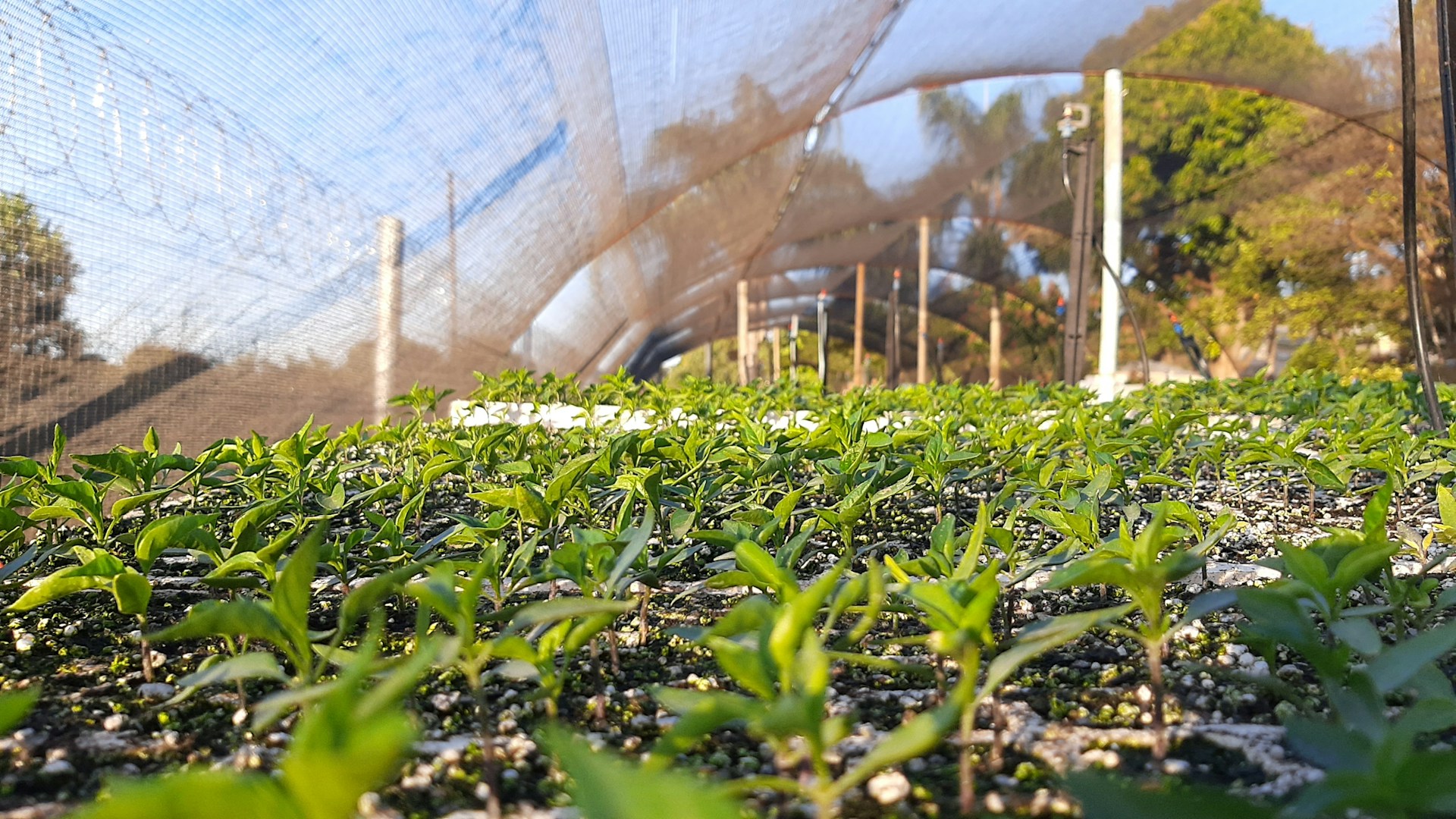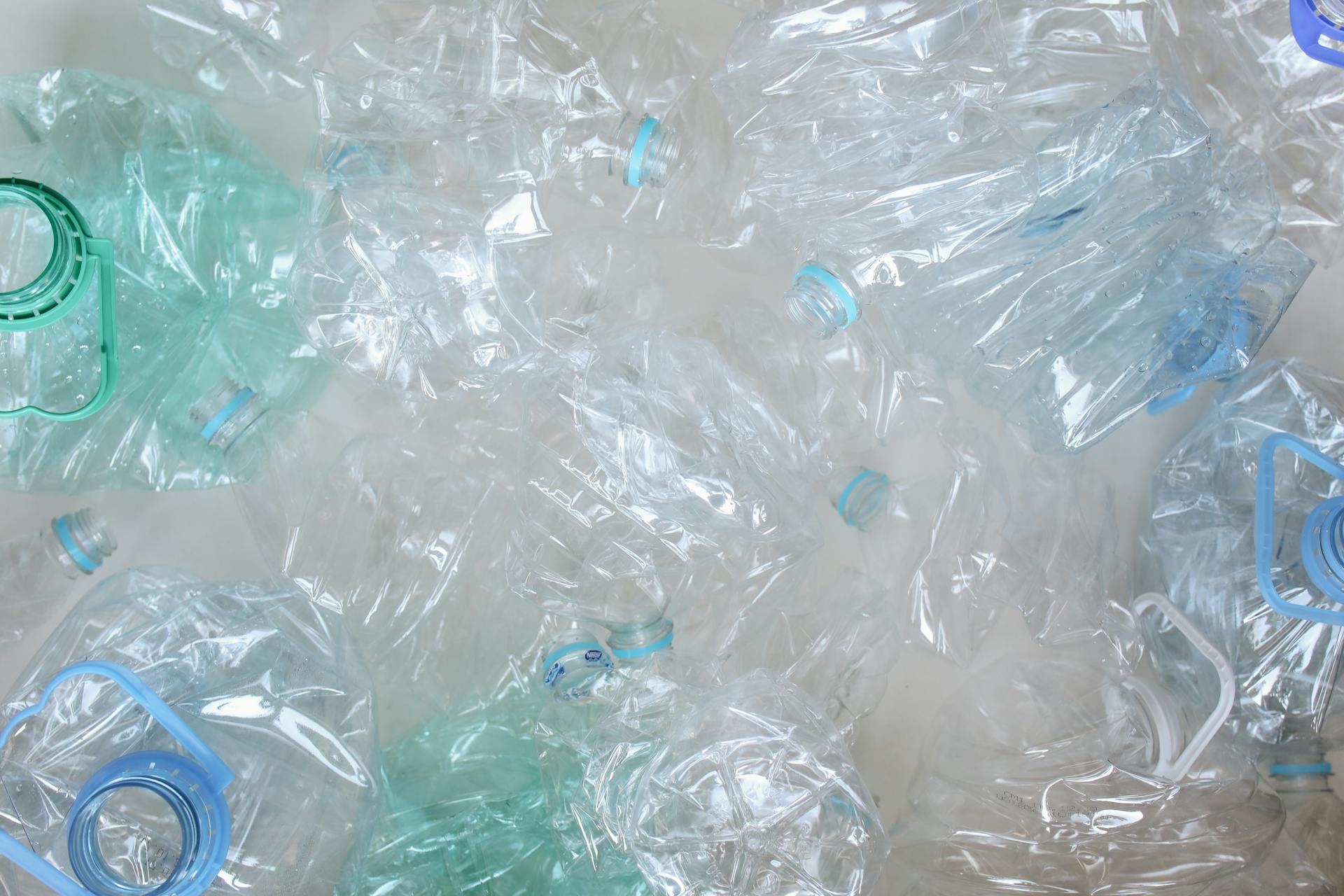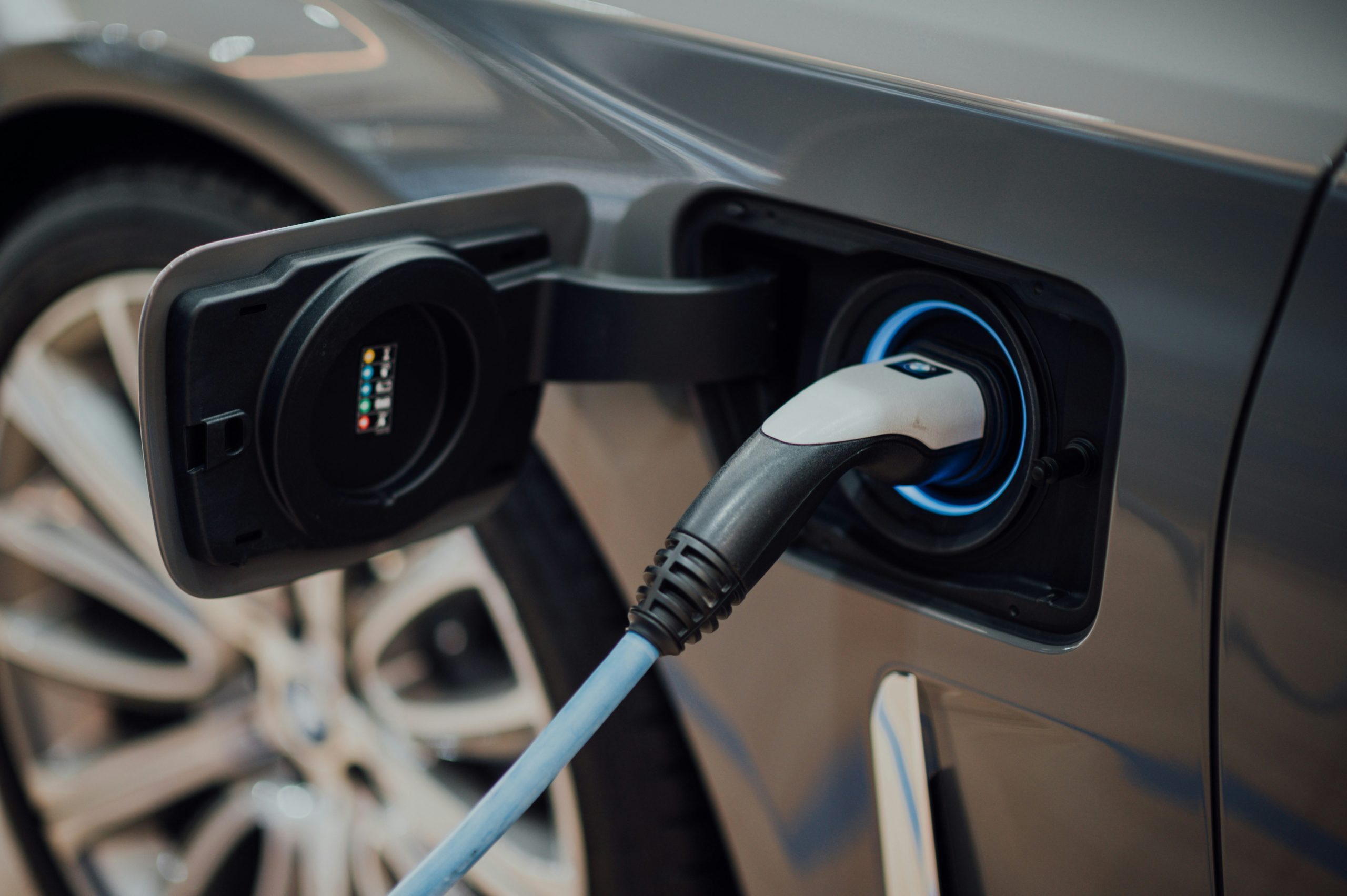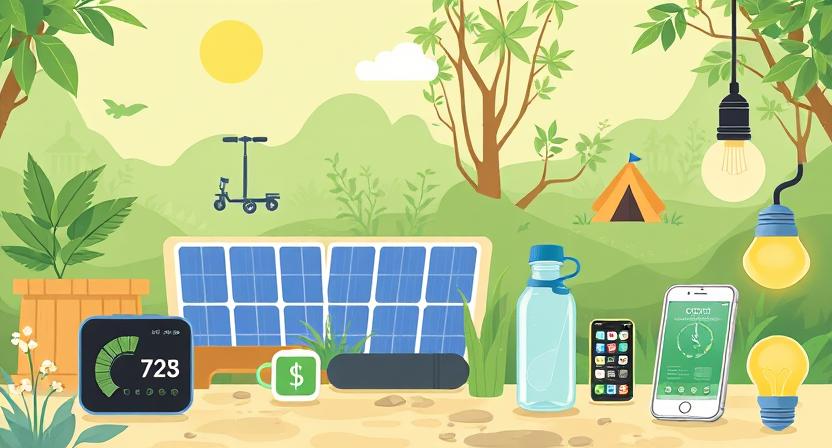Why Sustainable Cleaning Matters
Choosing to embrace sustainable cleaning practices is becoming increasingly important in our modern world. By opting for eco-friendly cleaning products and methods, we can significantly reduce our environmental impact and contribute to a healthier planet for future generations. Sustainable cleaning not only helps to minimize the use of harmful chemicals in our homes but also promotes a more mindful approach to cleaning that prioritizes the well-being of our ecosystems.
Incorporating sustainable cleaning habits into our daily routine is a proactive step towards creating a greener and cleaner environment. From reducing waste during the cleaning process to utilizing energy-efficient appliances, every small effort adds up to make a significant difference. By making conscious choices in the products we use and the methods we employ, we can play a part in preserving the Earth’s resources and promoting a more sustainable way of living.
Eco-Friendly Cleaning Products to Use
When it comes to choosing eco-friendly cleaning products, there are a plethora of options available on the market today. From plant-based ingredients to biodegradable packaging, these products offer a sustainable alternative to traditional cleaning solutions. Look for labels that indicate third-party certifications such as Green Seal or EPA Safer Choice to ensure that you are selecting products that meet rigorous environmental standards. Brands like Method, Seventh Generation, and Mrs. Meyer’s are known for their commitment to sustainability and offer a wide range of cleaning products that are safe for both your family and the planet.
In addition to store-bought eco-friendly cleaning products, you can also opt to make your own using simple ingredients like vinegar, baking soda, and lemon. These natural alternatives are effective at cleaning a variety of surfaces and are gentle on the environment. By creating your own cleaning solutions, you can reduce the use of single-use plastic bottles and minimize your carbon footprint. Embracing homemade cleaners is not only cost-effective but also allows you to have full control over the ingredients used in your cleaning products.
How to Make Your Own Cleaning Solutions
Creating your own cleaning solutions at home can be a cost-effective and eco-friendly alternative to store-bought products. With just a few simple ingredients, you can whip up effective cleaners for various surfaces in your home. For a basic all-purpose cleaner, mix equal parts water and distilled white vinegar in a spray bottle. Add a few drops of essential oils like lemon or tea tree for a pleasant scent and extra cleaning power. This solution works well on countertops, floors, and glass surfaces.
For tougher cleaning jobs, such as removing soap scum or grime buildup, a paste made from baking soda and water can be your go-to solution. Simply mix the two ingredients until you have a thick paste, then apply it to the soiled area and scrub with a sponge or brush. The gentle abrasiveness of the baking soda helps to lift dirt and stains without causing damage to most surfaces. This homemade paste is ideal for cleaning sinks, tubs, and tile grout.
Tips for Conserving Water While Cleaning
When it comes to conserving water while cleaning, being mindful of your water usage is key. One practical tip is to turn off the tap when you’re not actively using the water, such as while scrubbing surfaces or applying cleaning solutions. This simple habit can save a significant amount of water throughout your cleaning process.
Another effective way to conserve water is to opt for a bucket and rag instead of continuously running water while cleaning. By filling a bucket with water for rinsing and using a rag to wipe surfaces, you can control the amount of water being used more efficiently. Additionally, consider reusing water when possible, such as using the leftover water from washing fruits and vegetables to water plants or clean outdoor surfaces. Making small adjustments like these can make a big difference in reducing water waste during your cleaning routine.
Energy-Efficient Cleaning Appliances to Consider
When it comes to reducing your environmental impact while maintaining a clean home, choosing energy-efficient cleaning appliances can make a significant difference. Look for appliances with the ENERGY STAR label, as these are certified to consume less energy compared to their conventional counterparts. For example, ENERGY STAR-rated washing machines and dishwashers use advanced technology to minimize water and energy usage without compromising performance.
Another energy-efficient cleaning appliance to consider is a vacuum cleaner with a high-efficiency particulate air (HEPA) filter. HEPA filters trap small particles like dust, pollen, and pet dander, improving indoor air quality. Additionally, opt for a steam mop instead of traditional mops and cleaners to reduce the need for harsh chemicals and minimize water usage. By making these simple switches to energy-efficient cleaning appliances, you can lower your carbon footprint and contribute to a more sustainable environment.
Reducing Waste During the Cleaning Process
When it comes to cleaning, it’s essential to be mindful of the waste we produce in the process. One effective way to reduce waste is by opting for reusable cleaning tools instead of disposable ones. By investing in durable items such as microfiber cloths, washable mop pads, and refillable spray bottles, you can significantly cut down on the amount of waste generated during cleaning sessions.
Another simple yet impactful way to minimize waste is by choosing concentrated or bulk cleaning products. These solutions typically come in larger containers and can be diluted as needed, reducing the number of single-use plastic bottles that end up in landfills. Additionally, look for brands that offer refill stations or packaging alternatives to further lessen the environmental footprint of your cleaning routine. By being conscious of the products and tools you use, you can play a part in creating a more sustainable cleaning process.
Choosing Reusable Cleaning Tools
When it comes to selecting cleaning tools for your home, opting for reusable options can have a positive impact on both the environment and your wallet. Instead of purchasing single-use items like paper towels and disposable wipes, consider investing in durable tools that can be used multiple times. Look for high-quality microfiber cloths, sponges, scrub brushes, and mop heads that are designed to last through numerous cleaning sessions.
Reusable cleaning tools not only help reduce waste but also contribute to a more sustainable cleaning routine. By choosing products that can be washed and reused, you are minimizing the resources needed to manufacture and dispose of single-use items. Additionally, many reusable tools are constructed from eco-friendly materials, further decreasing their environmental impact. Making the switch to reusable cleaning tools is a simple yet effective way to incorporate more sustainable practices into your everyday cleaning tasks.
Implementing a Paperless Cleaning Routine
In a world dominated by digital solutions, transitioning to a paperless cleaning routine can significantly reduce waste and contribute to a more sustainable lifestyle. By opting for electronic reminders and digital checklists, you can streamline your cleaning process without the need for paper notes or lists. Utilizing cloud-based storage systems for organizing cleaning schedules and inventory can also enhance efficiency while minimizing paper usage.
Another way to embrace a paperless cleaning routine is to shift towards electronic communication when coordinating tasks with family members or housemates. Virtual calendars and messaging apps can facilitate quick and easy exchanges regarding cleaning responsibilities, eliminating the need for physical notes or schedules. Embracing technology in cleaning routines not only conserves paper but also promotes a more organized and collaborative approach to maintaining a clean living space.
Creating a Non-Toxic Cleaning Environment
Creating a non-toxic cleaning environment is essential for the health and well-being of your household. Many conventional cleaning products contain harmful chemicals that can be detrimental to both the environment and your family’s health. By opting for natural and eco-friendly alternatives, you can ensure a safer and cleaner living space for everyone.
Switching to non-toxic cleaning products doesn’t have to be complicated or expensive. There are plenty of affordable and effective options available on the market today, or you can even make your own using simple ingredients like vinegar, baking soda, and essential oils. By making the switch to non-toxic cleaning solutions, you can help reduce your carbon footprint and create a healthier home for you and your loved ones.
Repurposing Household Items for Cleaning
Instead of throwing away old socks, consider repurposing them as cleaning rags. These soft cloths can be used to dust surfaces, polish furniture, or clean mirrors without leaving behind lint or streaks. Simply slip them onto your hand and get to work for an eco-friendly cleaning solution.
Empty glass jars can serve multiple purposes in your cleaning routine. They can be used to store homemade cleaning solutions, such as vinegar-based sprays or laundry detergents. Additionally, jars with lids are perfect for creating DIY air fresheners with essential oils, helping you eliminate the need for synthetic fragrance sprays.
Incorporating Green Cleaning Practices Into Your Daily Routine
When it comes to incorporating green cleaning practices into your daily routine, small changes can make a big difference. Start by swapping out traditional cleaning products for eco-friendly alternatives that are made with natural ingredients and are free from harmful chemicals. Look for products that are packaged in recyclable materials to reduce waste.
Another way to go green with your cleaning routine is to make your own cleaning solutions using simple ingredients like vinegar, baking soda, and essential oils. Not only are these DIY cleaners budget-friendly, but they are also gentle on the environment and safe to use around your family and pets. By taking these steps, you can not only maintain a clean home but also contribute to a healthier planet.
Cleaning With Essential Oils
Cleaning with essential oils can be a natural and aromatic way to sanitize your home. Oils like tea tree, lemon, and lavender have antimicrobial properties that can help eliminate bacteria and germs on surfaces. Simply dilute a few drops of essential oil in water and vinegar for a DIY cleaning solution that not only cleans but also leaves a refreshing scent behind.
Apart from their cleaning abilities, essential oils can also be used to freshen up the air in your home. Diffusing oils like eucalyptus or peppermint can help purify the air and create a more pleasant living environment. Plus, the therapeutic benefits of essential oils can help reduce stress and enhance overall well-being while you clean.
The Benefits of Composting Kitchen Scraps
Composting kitchen scraps is a simple yet impactful way to reduce waste and nourish the soil. By collecting fruit and vegetable peels, eggshells, coffee grounds, and other organic materials, you can create nutrient-rich compost that enriches the soil and promotes healthy plant growth. Instead of sending these scraps to the landfill where they would release harmful methane gas, composting them allows for natural decomposition, benefiting both the environment and your garden.
In addition to reducing waste and enhancing soil health, composting kitchen scraps can also save you money on fertilizers and soil amendments. By recycling these biodegradable materials back into the earth, you eliminate the need for store-bought products that may contain chemicals harmful to the environment. Composting is a sustainable practice that harnesses the power of nature to create a continuous cycle of nourishment and growth, making it a valuable tool for eco-conscious individuals looking to minimize their environmental footprint.
Setting Up a Recycling Station in Your Home
Setting up a recycling station in your home is a simple yet impactful way to contribute to environmental sustainability. Begin by designating a specific area in your home, such as a corner of the kitchen or a spot in the garage, where you can sort and store recyclable materials. Make sure to have separate bins or containers for different types of recyclables, such as paper, plastic, glass, and metal, to make the sorting process more convenient and efficient.
Label each bin or container clearly to avoid confusion and encourage other household members to participate in the recycling efforts. Consider adding a small compost bin for food scraps and organic waste if you are interested in composting as well. By incorporating a recycling station into your home, you not only reduce waste going to landfills but also promote a culture of sustainability and responsibility within your household.
Donating Unwanted Items Instead of Throwing Them Away
When decluttering your home, consider donating unwanted items instead of throwing them away. By donating, you can give new life to items that you no longer need while also benefiting those in need. Organizations such as thrift stores, shelters, and community centers often accept donations of gently used clothing, household items, and furniture. Donating not only helps reduce waste in landfills but also supports those who can benefit from your pre-loved belongings.
Moreover, donating unwanted items can be a rewarding experience that allows you to declutter your space while making a positive impact on others. Many charitable organizations rely on donations to support their programs and services, so your contributions can truly make a difference in someone’s life. Before discarding items, consider if they could be donated to help someone else in need – your generosity can go a long way in fostering a sense of community and sustainability.
– Donating unwanted items reduces waste in landfills
– Organizations such as thrift stores, shelters, and community centers accept donations
– Donating can benefit those in need while decluttering your space
– Charitable organizations rely on donations to support their programs and services
– Your generosity can make a positive impact on someone’s life
How to Properly Dispose of Hazardous Waste
Dispose of hazardous waste properly by first identifying the types of hazardous materials you need to discard. Common examples include old paint cans, batteries, pesticides, cleaning chemicals, and electronics. Once you have determined the hazardous waste items in your possession, research local disposal facilities or collection events where you can safely drop off these materials. It’s vital to handle these items with care to prevent harm to yourself, others, and the environment.
When transporting hazardous waste, always use containers specifically designed for that purpose to avoid leaks or spills. Label each container clearly with the type of waste it contains to ensure proper handling during disposal. Do not mix different types of hazardous waste together, as this can create dangerous chemical reactions. Additionally, be aware of any specific regulations or guidelines in your area regarding the disposal of hazardous materials to avoid potential fines or penalties.
Maintaining a Clean and Sustainable Home Year-Round
One key aspect of maintaining a clean and sustainable home year-round is to establish a regular cleaning routine. By setting aside time each week to tackle different cleaning tasks, you can prevent dirt and clutter from building up, making it easier to keep your home organized and eco-friendly. Additionally, incorporating green cleaning practices into your routine, such as using non-toxic cleaning products and implementing water and energy-saving techniques, can significantly reduce your environmental impact while keeping your living space clean and healthy.
Another important factor in maintaining a clean and sustainable home year-round is to declutter regularly. Getting rid of items that you no longer need or use not only creates a cleaner living environment but also helps reduce waste. Consider donating gently used items to charity or selling them online to give them a new life instead of sending them to the landfill. By keeping your home clutter-free, you can promote a more sustainable lifestyle and create a space that is both welcoming and mindful of the environment.
Teaching Children About the Importance of Sustainable Cleaning
Children are like sponges, soaking up information from their surroundings. Teaching them about the importance of sustainable cleaning can instill lifelong habits that benefit both their health and the environment. By involving children in simple tasks like using eco-friendly cleaning products, conserving water, and reducing waste, parents can nurture their understanding of sustainability from an early age.
Engaging children in the cleaning process can also help them develop a sense of responsibility and pride in caring for their living space. Encouraging them to participate in activities such as repurposing household items for cleaning, setting up a recycling station, and incorporating green cleaning practices into their daily routines can empower them to make conscious choices that contribute to a greener future. By educating children about sustainable cleaning, we are not only shaping their habits but also fostering a deeper appreciation for the environment and the importance of preserving it for generations to come.
Resources for Finding Sustainable Cleaning Products
When it comes to finding sustainable cleaning products, there are various avenues to explore. One effective strategy is to seek out local stores and online retailers that specialize in eco-friendly and non-toxic cleaning solutions. Many companies now offer a wide range of options that are not only better for the environment but also safe for your health and well-being. Additionally, looking for certifications such as the EPA’s Safer Choice label or the Green Seal can help guide you towards products that meet rigorous environmental and performance standards.
Another valuable resource for finding sustainable cleaning products is to tap into the power of community and social networks. Online forums, green living groups, and social media platforms can be great places to connect with like-minded individuals who can provide recommendations and reviews of eco-friendly cleaning products. By sharing experiences and knowledge, you can stay informed about the latest sustainable cleaning trends and products, making it easier to make informed choices for a greener and cleaner home.
Joining the Sustainable Cleaning Movement
Embracing a sustainable cleaning lifestyle goes beyond simply using eco-friendly products. It involves a shift in mindset towards being conscious of the environmental impact of our cleaning habits. By making small changes in our daily routines and choices, we can contribute to a healthier planet for future generations.
Taking the initiative to join the sustainable cleaning movement is not just about following a trend, but about making a commitment to reduce our carbon footprint and protect our natural resources. Whether it’s opting for reusable cleaning tools, creating homemade cleaning solutions, or implementing water-saving practices, every effort counts towards creating a more sustainable living environment.




